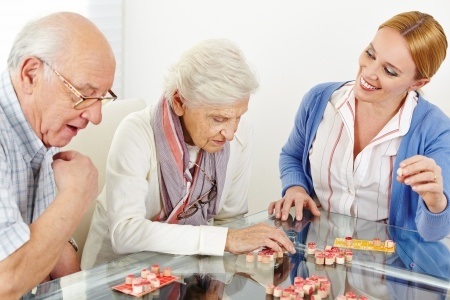The History of Bingo
BINGO originated in Italy in 1530 as a form of lottery known as Lo Giuoco del Lotto d’Italiam. About 200 years later, in 1778 Lotto was brought to France. In the classic version of Lotto, there are playing cards that are divided into three horizontal rows and nine vertical rows. Five numbered and four blank squares were in each horizontal row arranged randomly. The vertical rows contained numbers from 1 to 10 in the first row, 11 to 20 in the second row, etc., up to 90. There were no two Lotto cards that were the same. Along with the cards, there were chips numbered from 1 to 90. To start the game, each player was given a Lotto card, next the caller would pick a small wooden, numbered token from a bag and read the number aloud. The players would cover the number if it appeared on their card. The first player to cover a horizontal row was the winner.
In Germany the popular game of Lotto became a teaching method – teaching students their multiplication tables. Later it was used for spelling, animals and history.
Two centuries later, a toy salesmen named Edwin S. Lowe, from New York who was struggling to keep his toy company afloat decided to take a drive to Jacksonville, Georgia. Keep in mind, this is was 1929 when the market crashed. As he was driving, he came across a carnival. All booths were closed except for one horseshoe shaped table covered with numbered cards and beans. Edwin got closer to find out what was going on.
There was a caller who would pull a wooden number out of an old cigar box and then call that number out loud to all. Players would try to get numbers in a row, horizontally, vertically and/or diagonally. This is when Edwin discovered what was then called ‘Beano’.
Edwin took this idea back to New York and tried it out on his friends. When his friend were playing, one of them tried to shout Beano but got tongue tied and it came out BINGO which is where the name started.
Shortly after BINGO hit the market, there was a church in Wilkes-Barre, PA that was in severe financial trouble. The head Priest approached Edwin looking for a way to use BINGO to help solve his financial problems. They decided to charge a price per BINGO card to both raise money for the church as well as offer a prize for the winners. They were very successful in saving the church. This is also how BINGO became popular in churches throughout the country.
Reference: http://strangelife.com/bingodoc/bingohist.html
